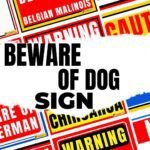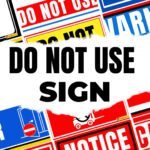In a world filled with valuable, delicate, and potentially hazardous items, “Do Not Touch” signs play a vital role in preserving the integrity and safety of objects and individuals alike. These seemingly simple signs convey an important message to deter people from handling items that may be easily damaged, contaminated, or pose a danger to their well-being. Printable “Do Not Touch” signs offer a convenient, customizable, and cost-effective solution for anyone looking to protect their belongings, workspace, or public spaces.
The purpose of this article is to provide you 10+ Printable Do Not Touch Sign and a comprehensive guide on printable “Do Not Touch” signs, covering everything from the reasons behind their use to the steps involved in designing, printing, and displaying them effectively. Whether you are a museum curator seeking to safeguard priceless artifacts, a business owner maintaining a hygienic environment, or a homeowner protecting a fragile piece of art, this guide will help you create the perfect sign to convey your message and prevent any unnecessary accidents or damage.
With a myriad of design options, materials, and printing techniques at your disposal, crafting a customized “Do Not Touch” sign has never been easier. Let’s explore the fascinating world of printable signs and discover how they can enhance safety, preservation, and cleanliness in various settings.
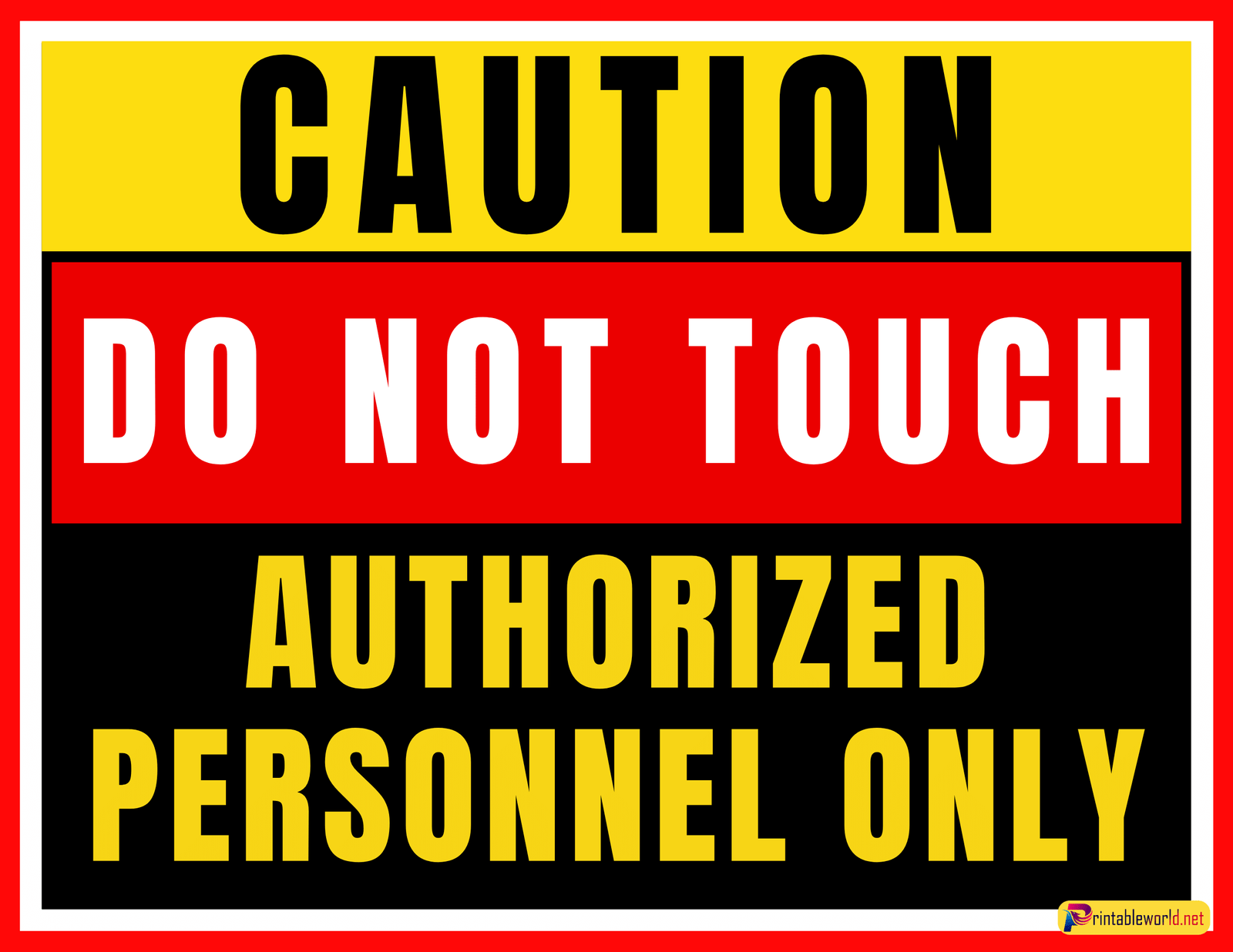 |
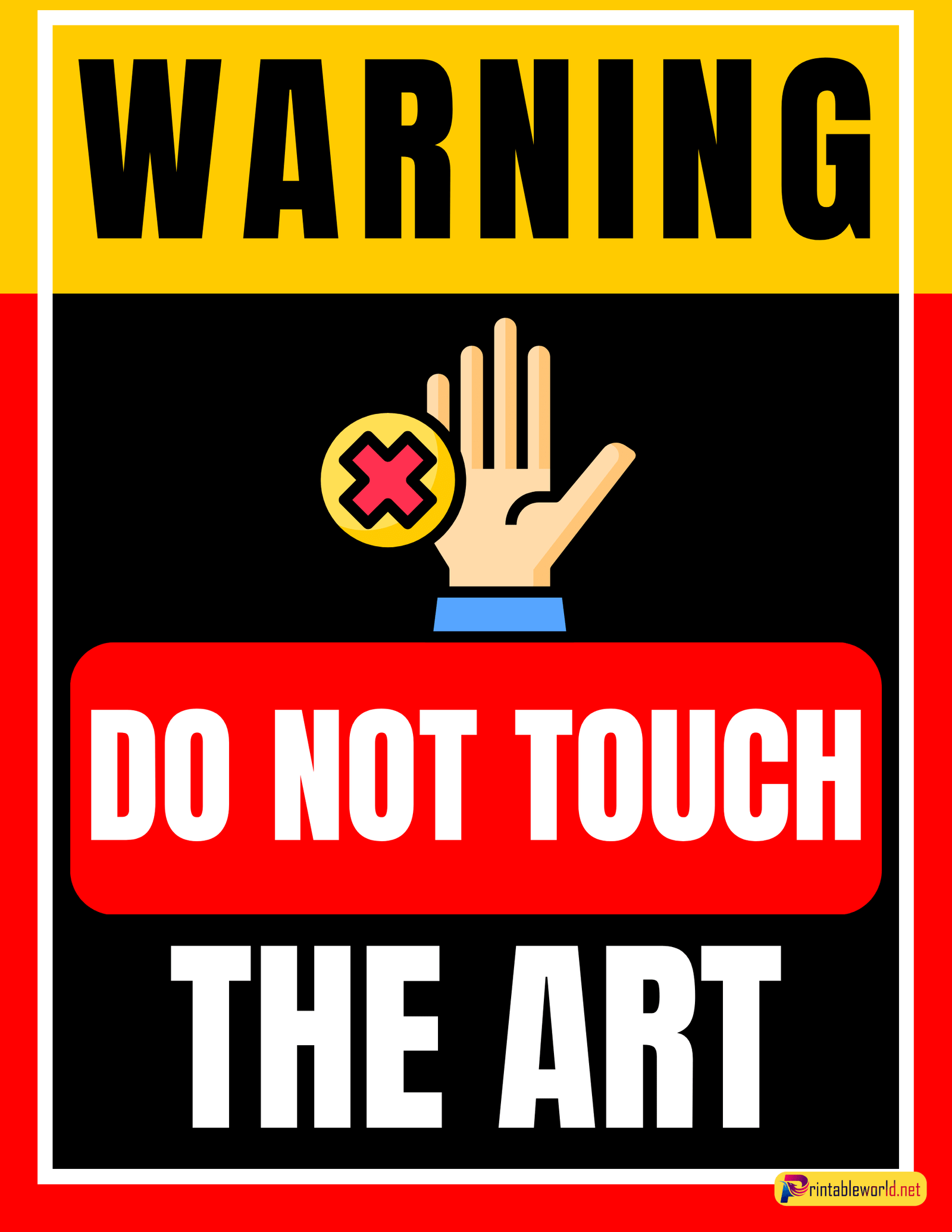 |
1) Do Not Touch Authorized Personnel Only |
2) Do Not Touch The Art Sign |
Reasons to use a “Do Not Touch” sign
Understanding the various situations where a “Do Not Touch” sign can be beneficial is crucial in determining its necessity and effectiveness. By examining common scenarios that warrant the use of these signs, we can appreciate their importance and the advantages they provide in protecting valuable items, maintaining cleanliness, and ensuring safety.
A. Protecting valuable items – Preventing theft or damage to expensive merchandise in stores – Safeguarding rare or fragile collectibles in private collections – Shielding delicate antiques from accidental breakage
B. Preserving delicate artwork – Avoiding damage from oils, dirt, or contaminants on hands – Ensuring the longevity of artwork in galleries and museums – Maintaining the integrity of outdoor sculptures and installations
C. Ensuring hygiene and cleanliness – Reducing contamination risks in medical facilities or laboratories – Maintaining cleanliness in food preparation and service areas – Encouraging proper hygiene practices in public restrooms
D. Preventing damage in workspaces – Avoiding mishandling of sensitive equipment or machinery – Ensuring proper use of tools and resources in shared spaces – Reducing the risk of accidents in construction sites or workshops
E. Maintaining safety in hazardous areas – Warning against touching dangerous materials or chemicals – Preventing unauthorized access to restricted zones – Safeguarding against potential hazards in industrial environments
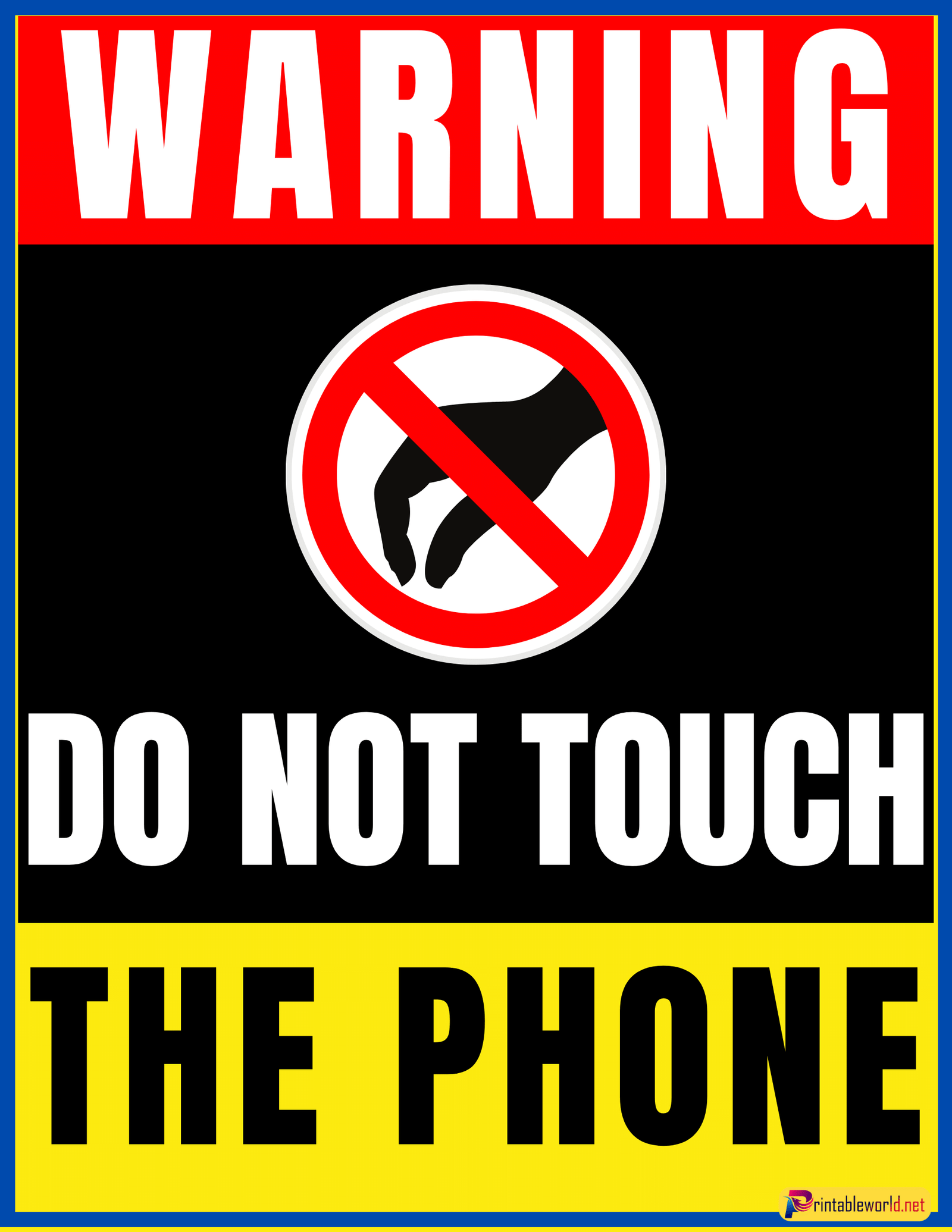 |
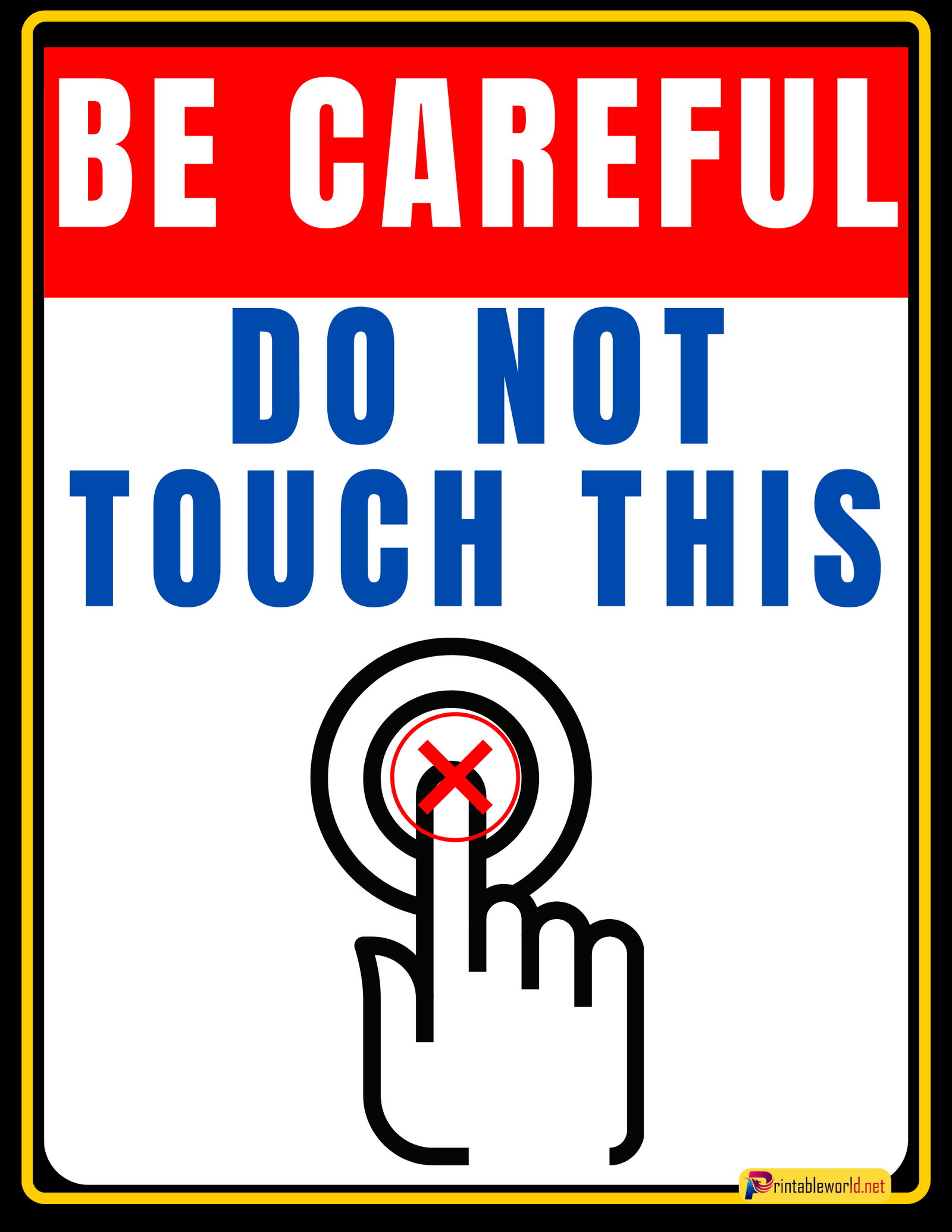 |
3) Do Not Touch The Phone Sign |
4) Do Not Touch This Sign |
Designing effective “Do Not Touch” signs
An effective “Do Not Touch” sign not only conveys its message clearly but also captures the attention of passersby. By considering essential design elements, customization options, and accessibility, you can create a sign that stands out and effectively communicates its intended message.
A. Key elements for a successful design
1. Size and readability: Ensure the sign is large enough to be seen from a distance and the text is easily legible.
2. Contrast and color: Utilize contrasting colors to draw attention and enhance the visibility of the sign.
3. Font style and size: Choose a clear and simple font that is easy to read, and avoid overly decorative or complicated styles.
4. Iconography and imagery: Incorporate universally recognized symbols or images to reinforce the message and aid comprehension.
B. Customization options
1. Tailoring the message: Adapt the text to suit your specific situation, providing precise instructions or explanations when necessary.
2. Including additional information or instructions: Add supplementary details, such as consequences of non-compliance or contact information for reporting issues.
3. Branding and personalization: Incorporate your company logo or color scheme to create a cohesive and professional appearance.
 |
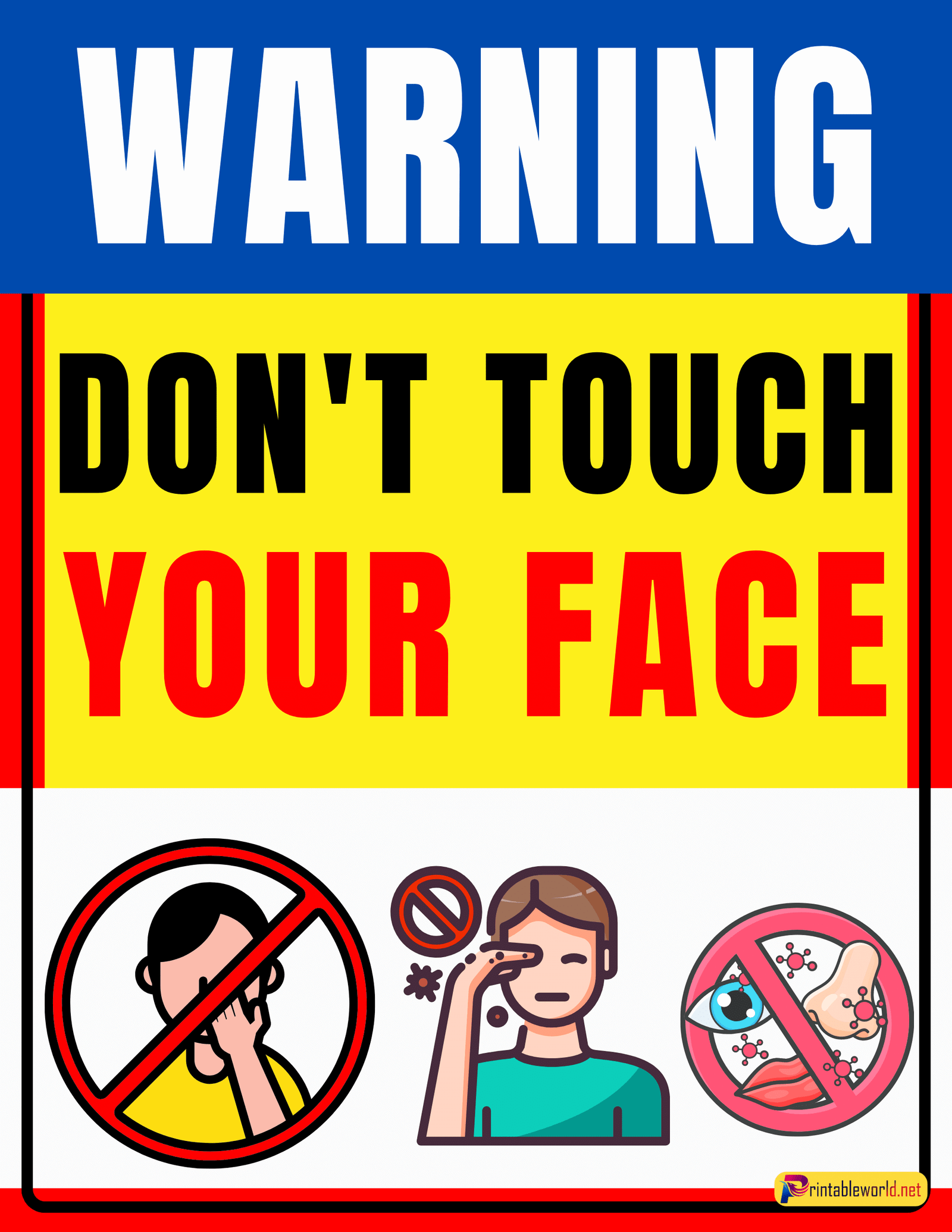 |
5) Don_t touch baby sign |
6) Don_t Touch Your Face Sign |
Choosing the right materials for printing
Selecting the appropriate materials for your printable “Do Not Touch” sign can greatly impact its durability, appearance, and overall effectiveness. By considering factors such as paper type, lamination, weatherproofing, and adhesives, you can ensure your sign withstands various conditions and remains securely in place.
A. Paper types and weights – Opt for a heavier paper or cardstock for added sturdiness and durability – Consider specialized papers with a matte or glossy finish for a more polished appearance
B. Laminating for durability – Protect your sign from moisture, dirt, and wear by applying a clear laminate layer – Laminated signs are also easier to clean and maintain
C. Weatherproofing for outdoor use – Choose waterproof or weather-resistant materials to prevent damage from rain, humidity, or temperature fluctuations – Consider UV-resistant materials to protect against fading from sun
D. Adhesive options for easy installation – Select removable or permanent adhesives based on the intended location and duration of use – Consider adhesive-backed paper or vinyl materials for effortless mounting on various surfaces
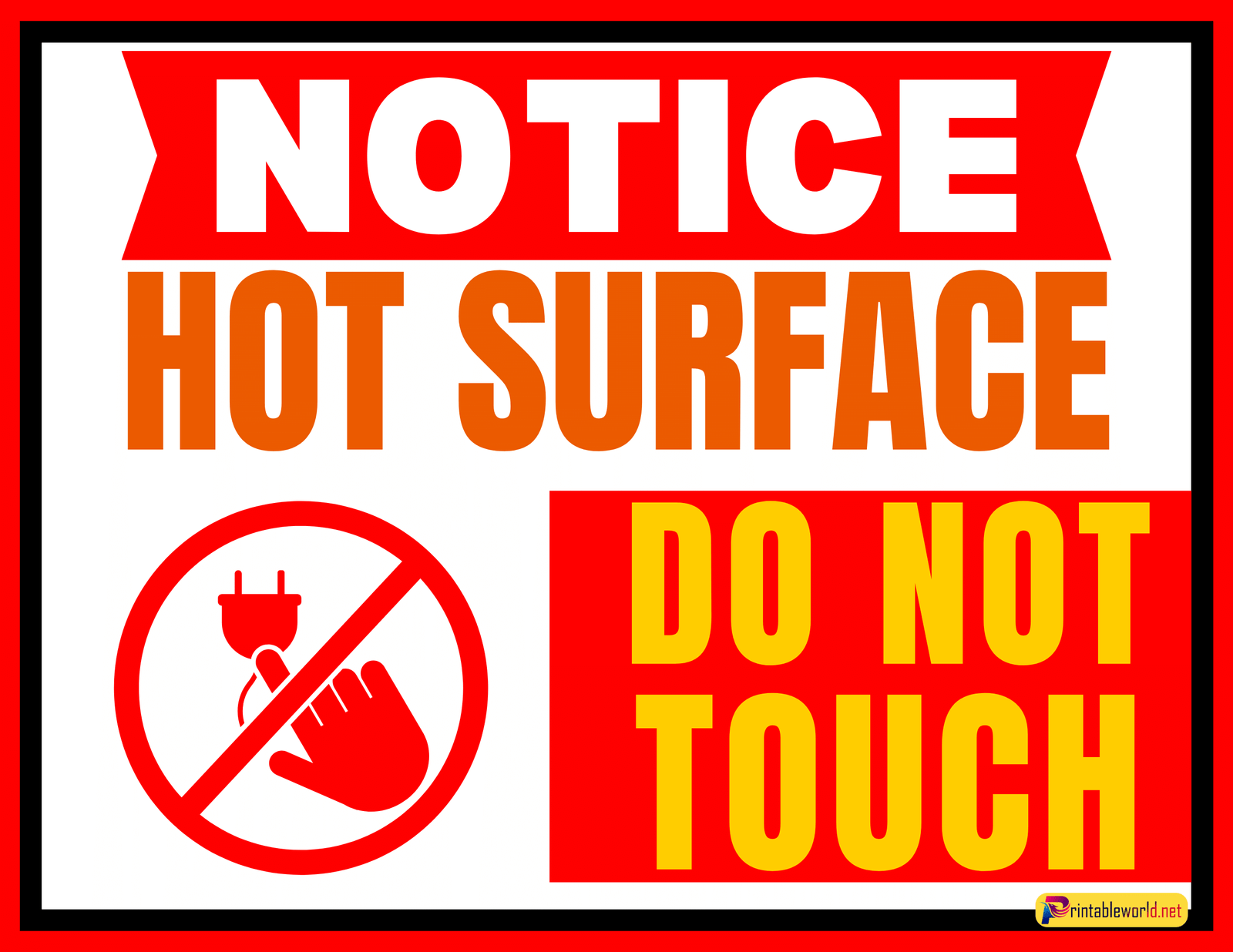 |
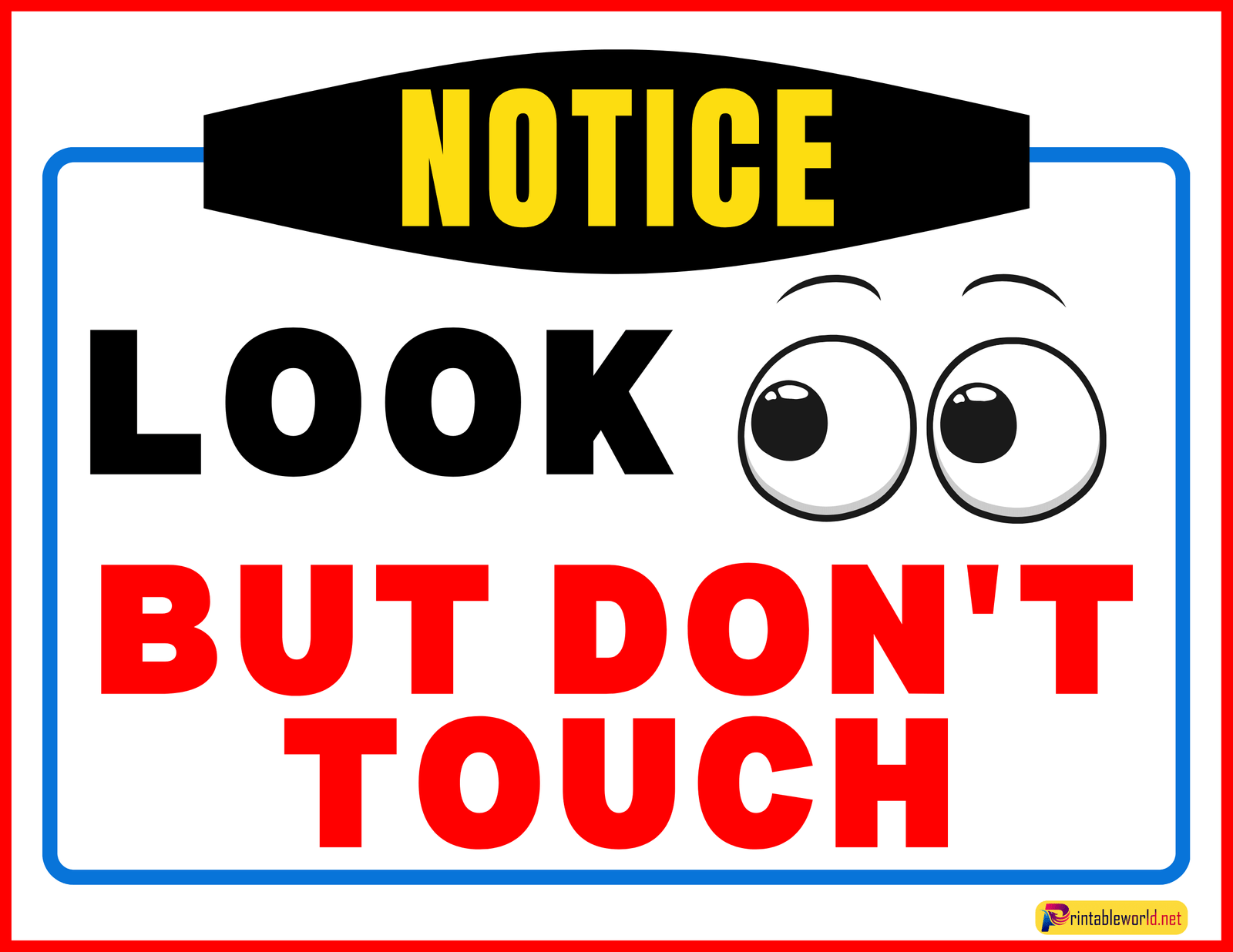 |
7) Hot Surface Do Not Touch Sign |
8) Look But Don_t Touch Sign |
Printing your “Do Not Touch” sign at home or in the office
Printing your sign at home or in the office can be a cost-effective and convenient option. By understanding the necessary equipment, supplies, and settings, you can achieve professional-quality results and ensure your sign looks its best.
A. Equipment and supplies needed – A high-quality printer capable of handling your chosen materials – The appropriate paper or vinyl for your sign, as well as any required adhesives or laminates
B. Printer settings for optimal quality – Adjust print settings to match the paper type and weight – Ensure the print resolution is set to the highest quality for sharp, clear text and images
C. Tips for cutting and finishing – Use a paper trimmer or sharp scissors for clean, precise cuts – Apply laminate or adhesive carefully to avoid bubbles or wrinkles
 |
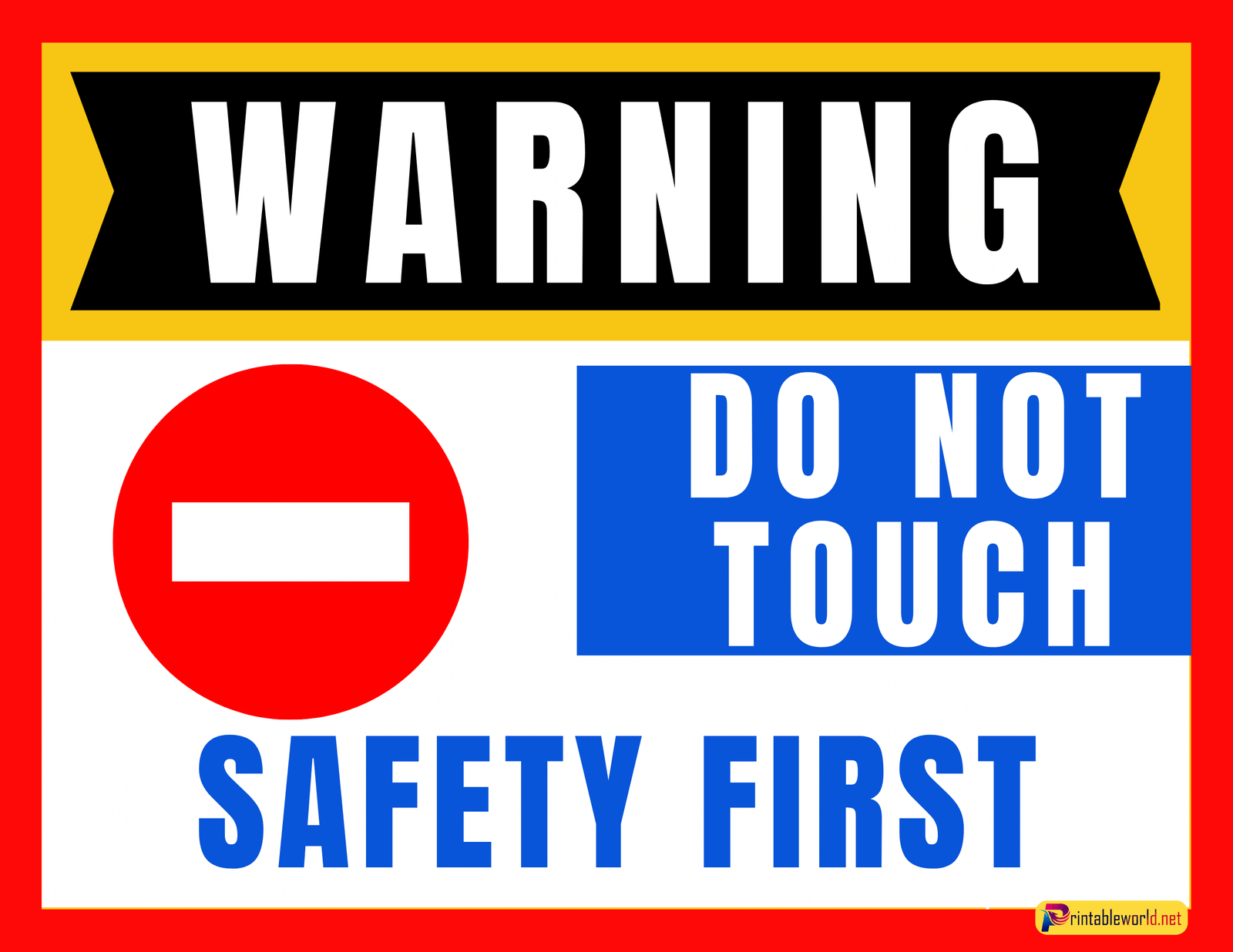 |
9) Museum Do Not Touch Sign |
10) Warning Do Not Touch Sign |
As we have explored throughout this guide, printable “Do Not Touch” signs serve a multitude of purposes, ranging from preserving valuable items to maintaining safety in hazardous environments. By understanding the various reasons for their use, effective design principles, material selection, and printing techniques, you can create customized signs that effectively convey your message and protect your interests.
As you move forward, remember the importance of these signs in various settings and the potential impact they have on the safety, cleanliness, and preservation of items and spaces. Embrace the convenience and versatility of printable “Do Not Touch” signs to address your specific needs and ensure the well-being of all involved.

